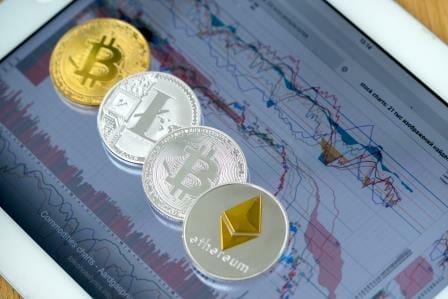An annual halving will ensure that BGL will achieve the maximum supply of 21 million coins in a short time. BGL’s programmed burn feature forces it to burn tokens with each transaction.
The crypto asset BitGesell is one of the most promising projects of 2020. This crypto asset comes with incentive proposals to attract the miners, investors, and participants of the network.
The inclusion of BGL’s price on the HotBit Exchange is just the latest milestone for the crypto asset. This allows for better access, through open-market trading, to experiencing what it means to own digital gold.
BGL Shortage as its True Business
BitGesell lead developer Emma Wu describes how BGL has addressed each of Bitcoin’s shortcomings. She assures that it is specially designed to adapt to the digital gold premise of maintaining and increasing its long-term value.
With BGL’s programmed burn feature, 90% of every transaction fee sent to miners will be irretrievably destroyed. This is not just a promise to repurchase and burn tokens, like with most projects, relying on centralized decisions to burn tokens. This is a hard-coded programming that forces BGL to burn tokens with every transaction.
Crypto asset burning is a proven token economy model that uses basic supply and demand principles. In this economic model, when supply decreases and demand remains stable, the equilibrium price will increase. Essentially, every transaction with BGL increases the shortage of currency, which increases its equilibrium price and value in terms of US dollars.
BitGesell Supply Parameters
Since the crypto asset BGL is built from the Bitcoin source code, there will also only be a maximum possible amount of 21 million BGL. However, given that Bitcoin has technical shortcomings like reductions by half once every four years and low transaction fees, its scarcity factor will thrive for decades.
Deflationary pressure is faster with BGL due to the burning of tokens, shorter halving times, and smaller blocks. This will cause the maximum supply of 21 million BGL to be mined in a few years, after which the maximum supply can only drop with the burning of transactions.
BGL has smaller block sizes (10% of Bitcoin’s block size), combined with higher fees per transaction. These two factors ensure that miners are well compensated and that only large transactions take place, promoting retention and limited supply.
There is an increase in scarcity measures through the burning of tokens. Ninety percent of all the fees per transaction in BGL will be permanently destroyed, ensuring that even more of the fixed supply is removed with each transaction.
There is a community wallet specified in the extracted BitGesell genesis block. This wallet will receive funds to be distributed for further growth of the project, which will be posted as a message: “Your support helps the ecosystem continue to grow.”
The community will be able to view the balance and transactions of this wallet publicly on the blockchain and receive regular information on the use of its funds. This is BGL’s declaration of commitment to build and expand its infrastructure.
Accelerated Issuance
It has an annual reduction by half to achieve a maximum supply of 21 million coins and zero issuance like BTC but in a fraction of the time.
Current Bitcoin holders will never live to see the day when Bitcoin achieves zero issuance and meets its digital gold label. However, the holders of the crypto asset BitGesell only need to wait a few years to see this cryptocurrency the way that their economic model described it.
By Alexander Salazar











